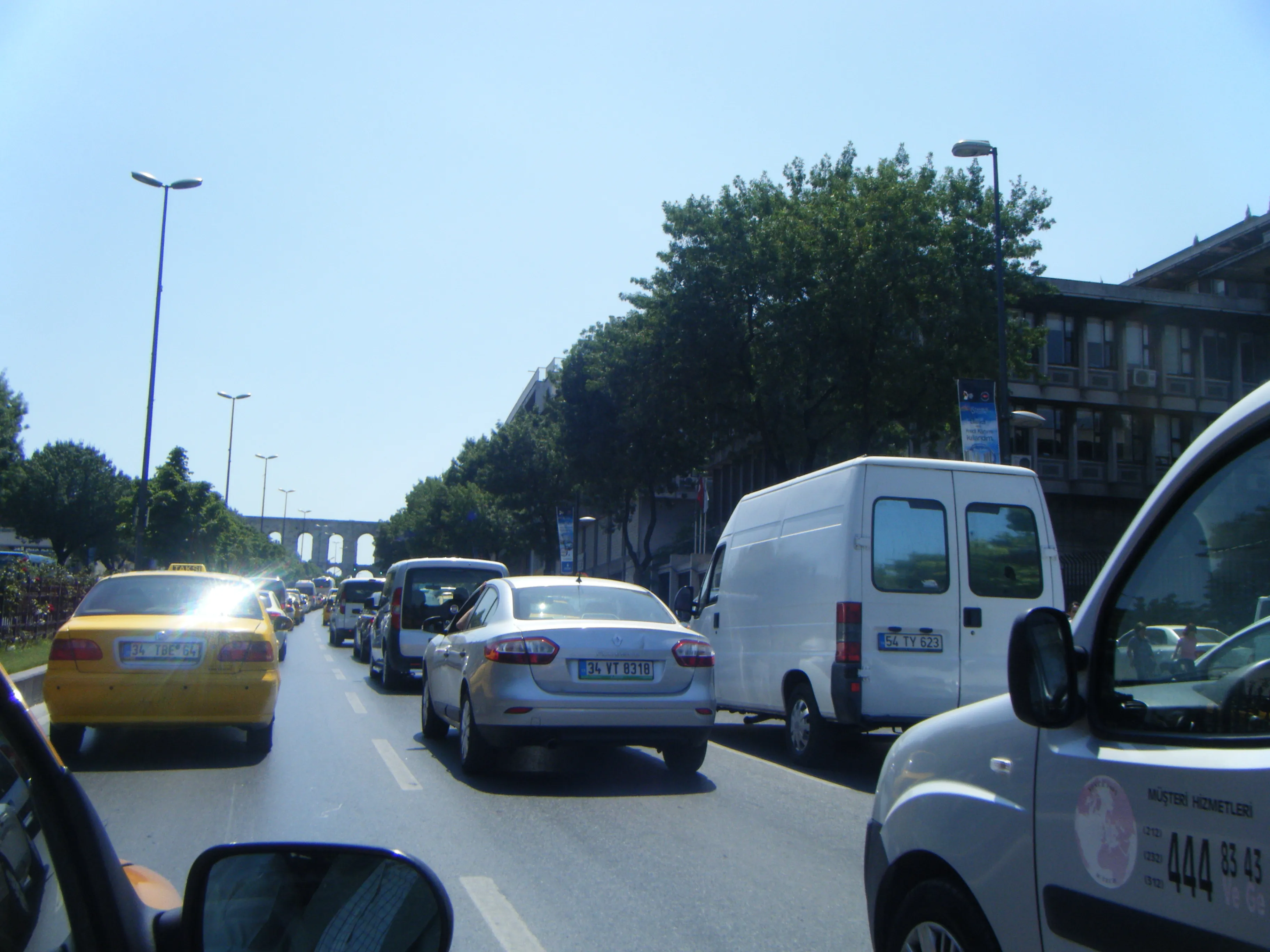Moscow suffers the worst congestion of any city in Europe, with drivers spending an average 56% of their time being stuck in traffic. Istanbul meanwhile comes close behind, with drivers spending an additional 53% of their time being stuck in traffic. Bucharest suffers the third worst traffic congestion in Europe, with Saint Petersburg in the fourth spot. The data has been gathered by the TomTom Traffic Index, which has collated information on 403 cities around the world. By the end of April 2019, Istanbul h
June 6, 2019
Read time: 1 min

Moscow suffers the worst congestion of any city in Europe, with drivers spending an average 56% of their time being stuck in traffic. Istanbul meanwhile comes close behind, with drivers spending an additional 53% of their time being stuck in traffic. Bucharest suffers the third worst traffic congestion in Europe, with Saint Petersburg in the fourth spot. The data has been gathered by the







